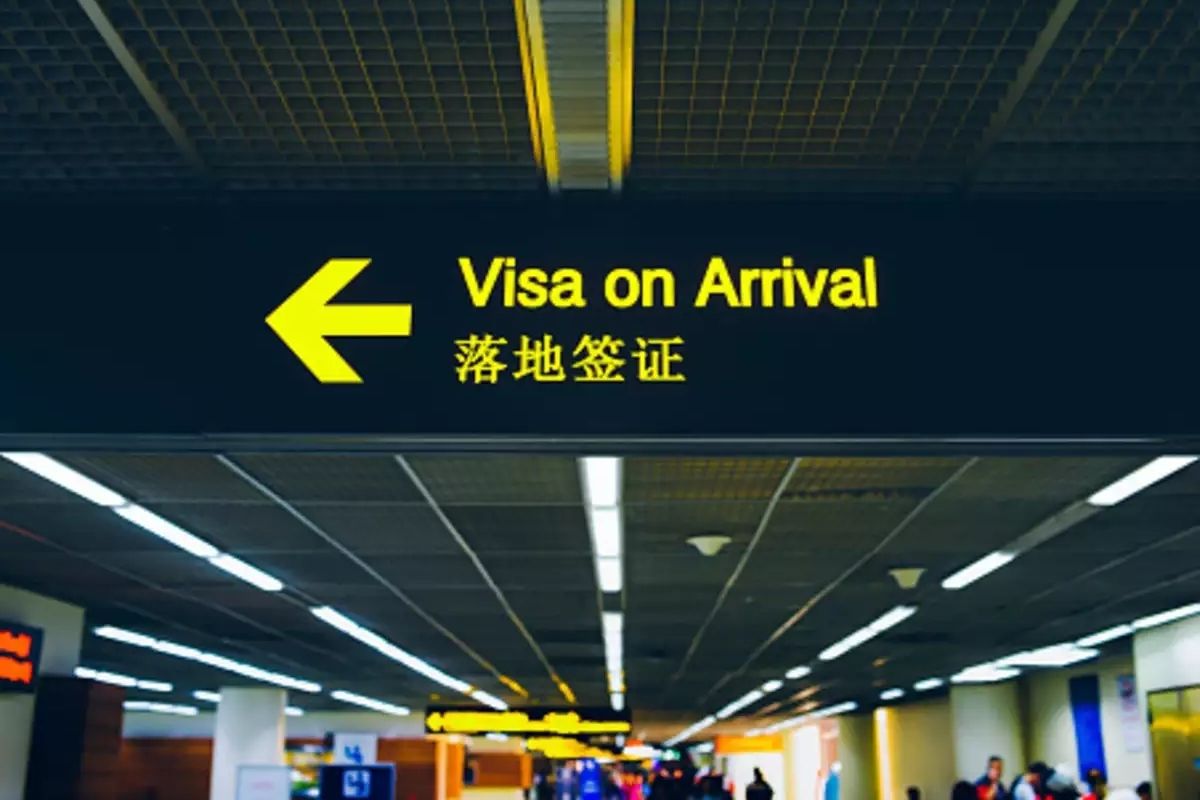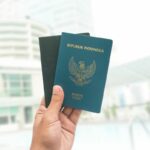Thailand is poised to revamp its visa regulations, targeting Chinese and Indian tourists, in a bid to elevate its tourism revenue.
The new Prime Minister, Srettha Thavisin, has said that he wants to expand the list of visa-exempt countries and increase the stay limits for most international travellers, with the ambitious goal of reaching nearly $100 billion in tourism revenue next year.
Indian and Chinese Tourists Face Visa Challenges
As of now, Indian tourists are required to pay 2,000 baht ($57) for a 15-day visa upon arrival. Srettha aims to broaden the list of visa-exempt countries and extend the permissible length of stay for most international visitors.
He suggests implementing caps of either 15 or 30 days for various nationalities.
Furthermore, before the pandemic, Chinese tourists constituted the largest group of visitors to Thailand. However, the cumbersome and costly visa application process for Chinese travellers has hindered their numbers this year, as stated by Prime Minister Srettha.
In addition to easing visa rules, the Thai government is also taking other steps to boost tourism, such as:
- Adding more flights to popular tourist destinations.
- Offering discounts on accommodation and other tourism activities.
- Promoting Thailand as a safe and attractive tourist destination.
Also Read: Thailand Reduces Visa-Free Stay for Tourists from Europe, U.S. and Southeast Asian Countries
Collaborative Efforts to Boost Fourth Quarter Tourism
Prime Minister Srettha engaged in discussions with executives from Airports of Thailand Pcl and multiple airlines.
The primary focus of these discussions was to identify strategies for attracting more foreign tourists, especially during the fourth quarter, known as the peak season for tourism.
As part of this initiative, the airport operator has agreed to enhance flight capacity by 20 per cent, while also streamlining immigration clearance processes. Srettha shared these developments on X, formerly known as Twitter.
Chinese Tourist Return Slower Than Anticipated
Despite being the largest source of travellers last month, with almost 420,000 visitors, the return of Chinese tourists to Thailand has been slower than expected.
Prior to the pandemic in 2019, Chinese visitors accounted for around 28 per cent of the record-breaking 40 million foreign arrivals in Thailand. This influx generated approximately 1.9 trillion baht in revenue.
Also Read: BLS International to Accept Thailand Electronic Visa-On-Arrival Applications For 17 Countries
Balancing Demand and Supply
While Prime Minister Srettha’s plans to revise visa regulations could yield positive outcomes, the overarching concern revolves around demand-side conditions.
Euben Paracuelles, in correspondence via email, pointed out that the effectiveness of supply-side measures to attract tourists might diminish if China’s economic prospects worsen and consumer sentiment weakens.
As Thailand endeavours to enhance its tourism sector and achieve substantial revenue growth, the nation must navigate the intricate interplay between regulatory changes, economic dynamics, and global travel trends.
Follow and connect with us on Facebook, Twitter, LinkedIn, Instagram and Google News for the latest travel news and updates!





